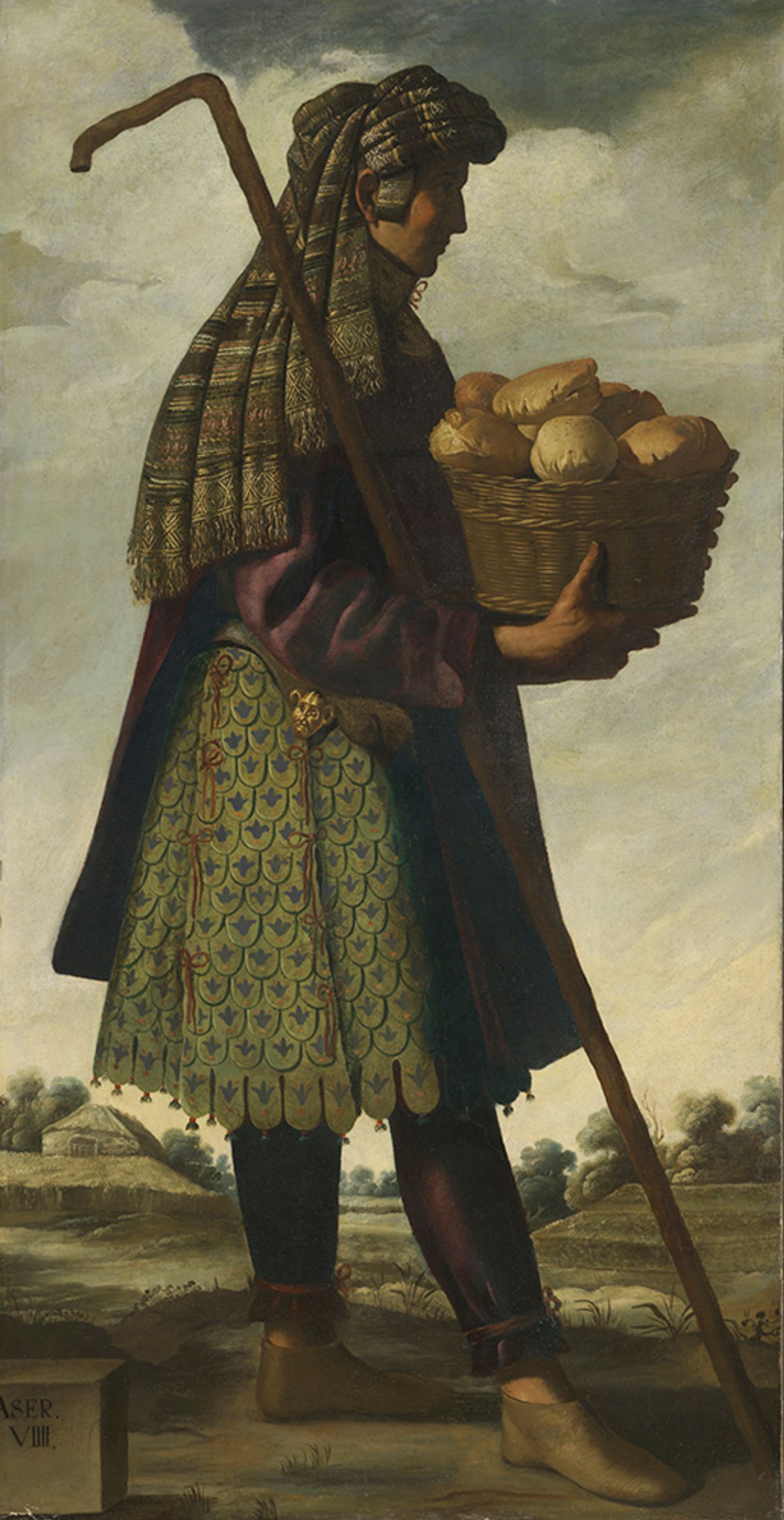See a rare and formidable group of visitors at the Frick Collection in the exhibition Zurbarán’s Jacob and His Twelve Sons: Paintings from Auckland Castle (until 22 April), 13 larger-than-life-sized portraits of the Old Testament father and his sons, the founders of the 12 Tribes of Israel, painted by the Spanish Old Master Francisco de Zurbarán in the 1640s. The works have temporarily left the British castle—their home for 250 years—to travel to the US, and were examined and displayed in Fort Worth, Texas before coming to New York. The works are commanding, but also fantastical and full of delightful details. Leave time to admire the brothers’ beautifully-rendered sartorial choices, from Zebulun’s striped wide-legged trousers to Asher’s scalloped skirt, and plenty of fabulous headwear.
Diamond Mountains: Travel and Nostalgia in Korean Art at the Metropolitan Museum of Art (until 20 May) explores the cultural resonance of the Geumgangsan Diamond Mountains in North Korea and celebrates the 20th anniversary of the museum’s opening of the Arts of Korea Gallery. One of the most celebrated natural sites of the Korean peninsula, the area was inaccessible for nearly 50 years following the division of the north and south. (Around the late 1990s, tourists were able to enter the region on cruise ships.) Around 30 scrolls, paintings and other works of art dating from the 18th century to today that depict the site—most of which have never been shown in the US—are included. One highlight is an album of paintings from the National Museum of Korea in Seoul by the landscape painter Jeong Seon, who often worked en plein air.
California Landscapes: Wayne Thiebaud and Richard Diebenkorn (until 16 March) at Acquavella Galleries is the first show to unite the two painters’ landscapes, with around 20 works, including examples from Diebenkorn’s Berkeley and Ocean Park series, and paintings by Thiebaud that date from the early 1970s-2017. Thiebaud was inspired in large part by the compositions and textures of Diebenkorn’s work when he began to paint landscapes in earnest in the 1970s. The show emphasises the artists’ shared strategies: verticality, gridded structures, aerial-like vantage points and a visible delight in the materiality of paint. But Diebenkorn’s highly abstract canvases are landscapes by feeling and suggestion, whereas Thiebaud explores illusion, finding a painterly order in the farms, fields, grooves and channels of the Sacramento Delta region, for example. The show, which opens with a photograph of the two men laughing together, also reveals their deep friendship.


